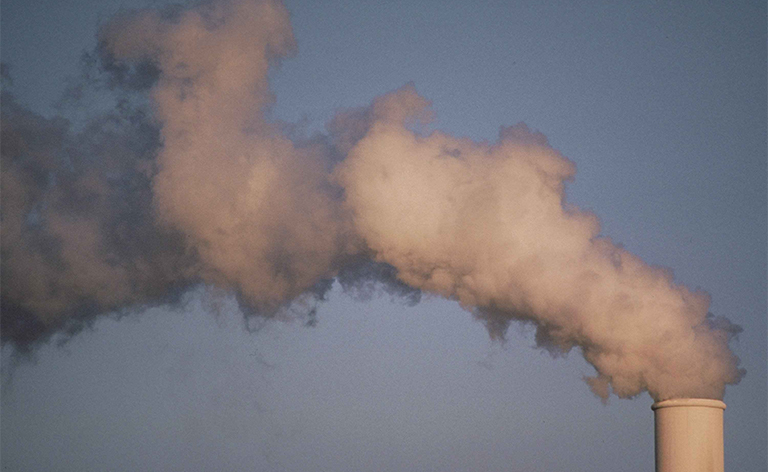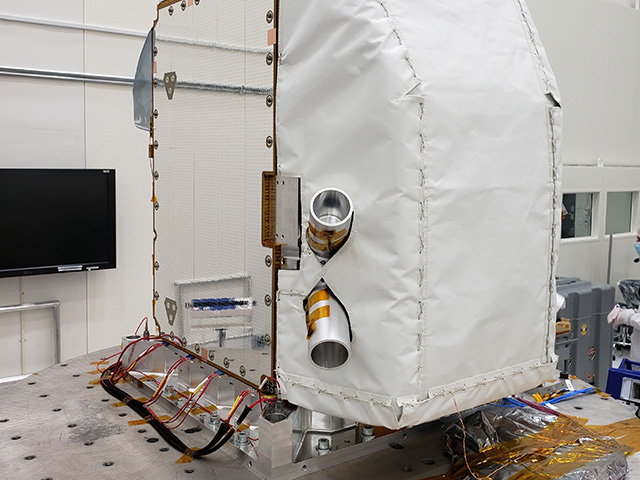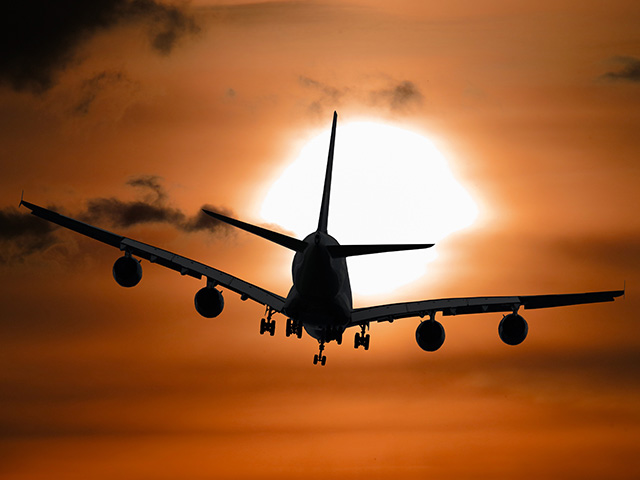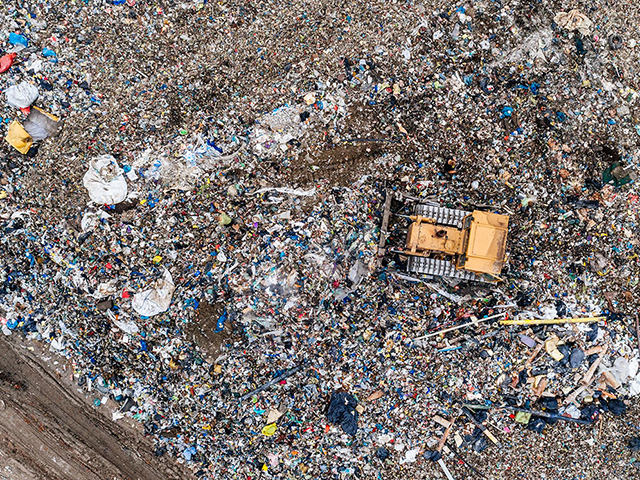News | March 9, 2016
New instruments to study air pollution, cyclones

Air pollution smoke rising from plant tower. Observations of small atmospheric aerosols from JPL's Multi-Angle Imager for Aerosols CubeSat will be combined with health information to determine the toxicity of different particulate matter types in airborne pollutants over the world's major cities. Credit: Public Domain Images.
NASA has selected two proposals for new Earth science investigations, including one from the Jet Propulsion Laboratory, Pasadena, California, that will put new instruments in low-Earth orbit to track harmful particulate air pollutants and study the development of tropical cyclones.
Observations of small atmospheric aerosols from the Multi-Angle Imager for Aerosols (MAIA) will be combined with health information to determine the toxicity of different particulate matter types in airborne pollutants over the world's major cities. David Diner of JPL is the principal investigator.
The Time-Resolved Observations of Precipitation structure and storm Intensity with a Constellation of Smallsats (TROPICS) investigation will develop and launch a constellation of CubeSats to study the development of tropical cyclones through rapid-revisit sampling. William Blackwell of the Massachusetts Institute of Technology's Lincoln Laboratory in Lexington is the principal investigator.
The instruments were competitively selected from 14 proposals submitted to NASA's Earth Venture Instrument-3 program. Earth Venture investigations are small, targeted science investigations that complement NASA's larger missions. The National Research Council recommended in 2007 that NASA undertake this type of regularly solicited, quick-turnaround project.
"We are excited to make selections that expand the use of CubeSats for Earth sciences and that make measurements and perform analyses that will have direct societal benefit," said Geoffrey Yoder, deputy associate administrator of NASA's Science Mission Directorate in Washington. "These innovative Earth Venture Instruments will join and expand our growing suite of NASA Earth-observing sensors."
MAIA uses a twin-camera instrument that will make radiometric and polarimetric measurements needed to characterize the sizes, compositions and quantities of particulate matter in air pollution. As part of the MAIA investigation, researchers will combine MAIA measurements with population health records to better understand the connections between aerosol pollutants and health problems such as adverse birth outcomes, cardiovascular and respiratory diseases and premature deaths.
The MAIA team has extensive experience in polarimetry, air pollution and human health. Diner has led numerous polarimetry observations from sub-orbital platforms throughout his career. The team includes partnerships with NASA's Langley Research Center in Hampton, Virginia, and Goddard Space Flight Center in Greenbelt, Maryland, as well as several universities, federal research organizations and international partners.
TROPICS will consist of 12 CubeSats, each about 1 foot (0.3 meters) long and weighing just 8.5 pounds (3.9 kilograms), that use scanning microwave radiometers to measure temperature, humidity, precipitation and cloud properties. The CubeSats will be launched into three separate orbital planes to enable the overall constellation to monitor changes in tropical cyclones as frequently as every 21 minutes.
The TROPICS team has previous experience developing CubeSats and analyzing satellite measurements of storms, and includes partnerships with NASA's Wallops Flight Facility in Wallops Island, Virginia; Goddard; several universities; and the National Oceanic and Atmospheric Administration.
The two investigations were selected from NASA's third Earth Venture Instrument competition. The Tropospheric Emissions: Monitoring of Pollution (TEMPO) mission, selected in 2012 as the first Earth Venture Instrument investigation, will be the first space-based sensor to monitor major chemical air pollutants across North America hourly during daytime. It will share a ride on a commercial satellite as a hosted payload and orbit about 22,000 miles (35,406 kilometers) above the equator.
The second set of investigations, selected in 2014, were the Global Ecosystem Dynamics Investigation (GEDI) and ECOsystem Spaceborne Thermal Radiometer Experiment on Space Station (ECOSTRESS). These instruments will measure changes in global vegetation from the International Space Station, illuminating how forests and ecosystems are affected by changes in climate and land use.
Earth Venture missions are managed by NASA's Earth System Science Pathfinder program located at Langley for the Science Mission Directorate. The missions in this program provide an innovative approach to address Earth science research with periodic windows of opportunity to accommodate new scientific priorities. For more information, visit:
For more information about NASA's Earth science activities, visit:
Media contacts
Alan Buis
Jet Propulsion Laboratory, Pasadena, Calif.
818-354-0474
alan.buis@jpl.nasa.gov
Steve Cole
NASA Headquarters, Washington
202-358-0918
stephen.e.cole@nasa.gov





